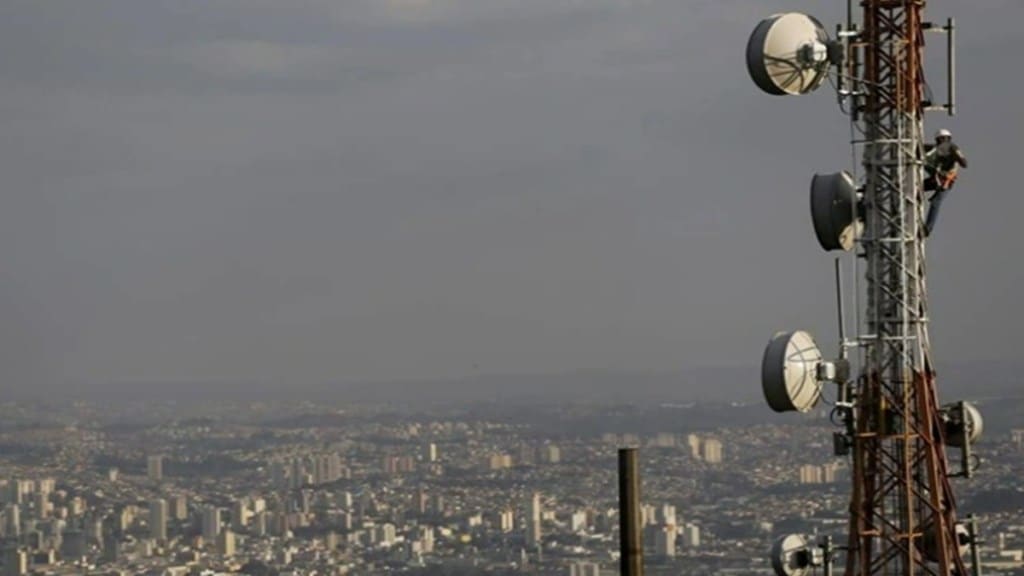Loss-making Bharat Sanchar Nigam (BSNL), which is surviving on the government’s `1.64-trillion relief package, has been facing subscriber loss continuously for over a year now. In January, the state-owned telecom operators lost nearly 1.5 million mobile subscribers, which is the highest in 13 months, according to data by the Telecom Regulatory Authority of India (Trai).
For BSNL, the loss of subscribers can be attributed to delay in launch of 4G services, poor-quality network, shift from 2G to 4G subscribers, and porting out of its subscribers to private telecom operators for better services, according to analysts.
As of January-end, BSNL’s wireless subscriber base was at 105.13 million, which is the lowest among all four operational telecom operators. In the last 13 months till January-end, the company lost nearly 9.2 million subscribers. The last time the company added 1.18 million subscribers, which was in December 2021.
Also read: Online GST registration 2023: Here’s how you can easily register your MSME unit step-by-step
Apart from struggling with the falling subscriber base, the company’s tariffs are also at a discount to its peers, which in a way is restricting its average revenue per user (Arpu) growth. The Arpu earned by BSNL is about 2.5 times lower than that of private players.
“The tariff plans of BSNL are lower than private players. The tariffs are lower keeping in mind the affordability of users. We have been facing issues owing to delay in 4G services and once the services are launched, we believe that the churn will be restricted,” a company official said on the condition of anonymity.
In the last three years, the company’s market share in terms of wireless subscribers fell to 9.21% in January 2023 from 10.3% in January 2020.
According to analysts, with this pace of subscriber loss, BSNL would soon see its total subscribers falling below 100 million, given that the company is also struggling to retain subscribers in the wireline or the fixed-line broadband segment.
A strong market penetration strategy by peers Reliance Jio and Bharti Airtel to tap the home broadband space is also making it difficult for BSNL to retain its subscriber base.
As per the August 2022 subscribers’ data, Jio surpassed BSNL to lead the wireline subscribers segment. BSNL had 7.13 million wireline subscribers in August 2022, which fell to 7.08 million as of January-end.
Also read: GeM: MSMEs sold 88% more goods to govt in FY23 from previous fiscal; seller count crosses 60 lakh
Owing to loss of subscribers, the company’s market share in the wireline segment has fallen to 25.55% as of January-end, from 27.5% as of August 2022.
In the last financial year ended March 2023, BSNL faced weak performance in 13 circles. The eight circles in which the company has seen a significant fall in revenues are West Bengal, Chennai, UP East, Sikkim, Andaman & Nicobar, Odisha, Bihar and Karnataka. The circles where the company has seen some weakness in revenues are Kerala, Jammu & Kashmir, Andhra Pradesh, the North-East and Jharkhand.
“It may be noted that the signed MoU between DoT and BSNL to implement the Cabinet decision (revival package) requires BSNL to ensure accountability by taking action against non-performers. It can be seen that five circles have become borderline negative (with regard to revenue), five circles have become markedly negative and three have slipped into the critically-negative territory in the last one year,” BSNL CMD PK Purwar had said in a letter to chief general managers of all circles.
The company is expected to have clocked about Rs 17,000 crore revenue in FY23, a year-on-year growth of nearly 2%.
The government has set the revenue target of the company at Rs 20,008 crore in FY24, which is 17% higher. For FY25 and FY26, the company has revenue targets of Rs 24,428 crore and Rs 28,476 crore, respectively, as per its MoU with the government.
According to the targets laid down by the government at the time of providing the bailout package, BSNL needs to post a net profit in FY27.

